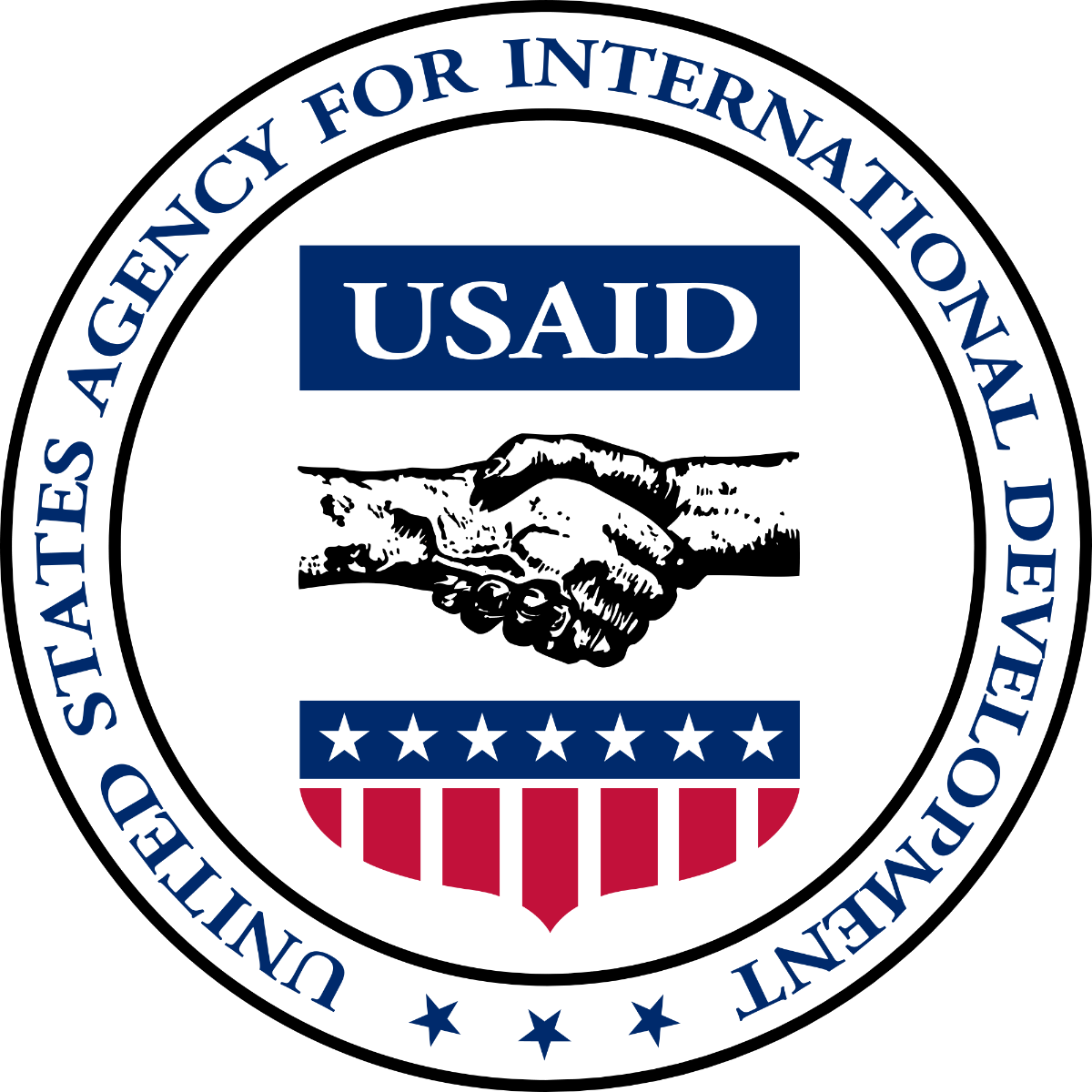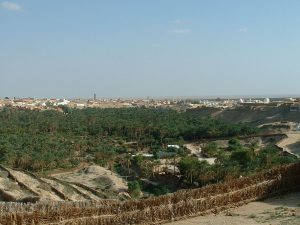
Enterprise Funds: A New Model for International Aid
On March 23rd, the Trump Administration released its first proposed budget, unveiling deep proposed cuts to international programs in the name of “America First.” The budget includes a 29.1 percent decrease in funding for the Department of State and U.S. Agency for International Development (USAID). In an increasingly interconnected world, maintaining America’s position on the global stage requires more engagement with the world, not less. Building an efficient, targeted, and effective system for international development aid must be a national priority to better support US national security interests. The use of public-private partnerships through enterprise funds is an example of such a system and a valuable tool for improving conditions for all stakeholders.
The Creation of an Innovative Aid Model
Modeled after venture capital funds, enterprise funds aim to leverage America’s capital markets to improve economic conditions in regions important for national security. Large amounts of initial investment allow funds to invest in projects which are unviable for traditional financing. The funds continue a tradition of foreign private investment aid through organizations including Overseas Private Investment Corporation (OPIC), U.S. Trade and Development Agency (USTDA), and Millennium Challenge Corporation (MCC).
Following the collapse of the Soviet Union, the former Eastern Bloc countries began their transition from largely planned to more market-based economies. To aid in this transition, the George H.W. Bush Administration created ten original funds in Eastern Europe and Central Asia. The funds were guided by a “dual mandate” to support targeted development objectives and demonstrate profitable private sector investing in developing economies. Initially receiving $1.2 billion in government dollars, the funds solicited additional private investment for a total of $9.8 billion in investable capital. A Board of Directors including both American and local investors oversaw the funds’ investments. Projects included microloans, direct equity investments, and personal and commercial loans.
After two decades, the funds returned approximately $400 million to the United States Treasury, $1.3 billion to long-term “legacy institutions” to promote civil society development and relations with the United States, and supported 300,000 local jobs. These economic benefits helped stabilize Eastern Europe and Central Asia and avert potential unrest threatening US national security.
Enterprise Funds for 21st Century Challenges
Following the Arab Spring in 2011, the Obama Administration turned to enterprise funds to help economies in transition – specifically in Egypt and Tunisia. While Eastern European funds dealt with building financial institutions where they did not exist, the North African funds focused on promoting civil society in former dictatorial regimes.

Nefta, Tunisia – a town with date production financed through enterprise funds
To date, the funds have primarily invested in small and medium-sized enterprises, high-growth start-ups, and microbusinesses. The focus has been on supporting strategic demographics like women and youth as well as equitably spreading investments throughout the countries. Like the Bush Administration funds, the Arab Spring funds have long investment horizons. They have not recorded financial gains and expect to continue actively investing for another decade.
Enterprise funds’ unique structure and mission allows the United States to reach underserved individuals and institutions. The funds provide a tool of economic diplomacy with well-defined scope and flexible deployment while building on the work of OPIC, USTDA, and MCC. Drawing from the local expertise of these organizations will allow enterprise funds greater efficiency and impact.
The funds improve national security through economic stability in politically unstable regions. This model of international aid should be expanded to provide capital to demographics without access to financial services in non-transitional economies. USAID can work with the military and intelligence communities to locate regions that would benefit from enterprise funds. Identifying areas subject to anti-American radicalization and drawing on the experience of existing government aid organizations creates jobs and opportunities in at-risk communities and reduces global terrorism threats. Additionally, legacy institutions work towards long-term improved relations and an increase in American values among local leadership.
Trained as a businessman, President Trump should recognize the value of a public-private partnership model that provides positive returns. Expanding this model to help at-risk demographics in non-transitional economies is a long-term and cost-effective method of improving Americas global presence within the “America First” model. While foreign aid is far from the top of this administration’s priority list, an opportunity to spread stability and American free-enterprise values must not be missed.





